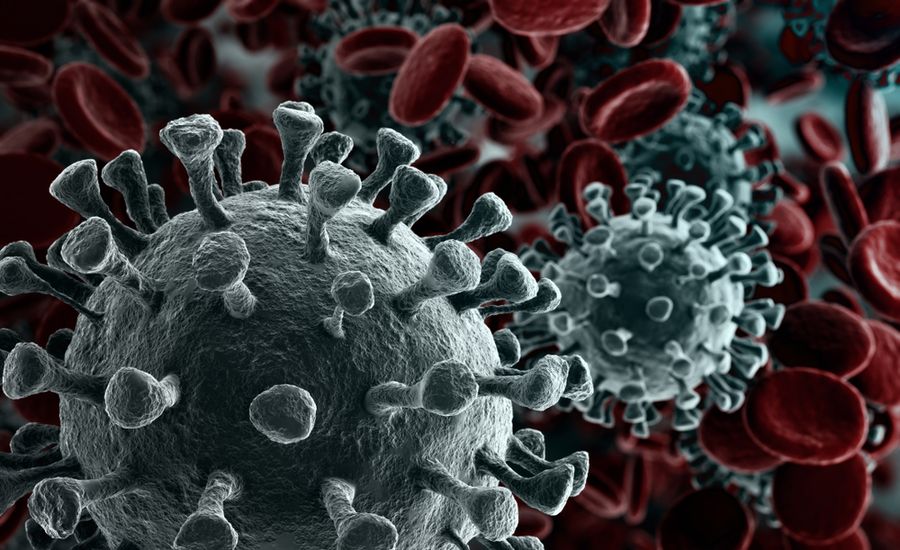Viruses, Bacteria, and Infections
We are all worried about “catching something.” We are doing what we can to sterilize our environments. But in the process, we are creating resistance. Resistant bacteria, mutating viruses, and social distancing are the by-products of sterilized environments. Might we be better off just bathing in the microbiome of earth?

Infection—the overproduction of some micro-organism that makes us sick—is the fear of all surgeons and, today, of all people. From a surgical point of view, infection has always been a puzzle. We could spit into some people’s wounds and they would not get an infection. For others, the slightest break in surgical sterility can lead to devastating consequences, with bacteria multiplying out of control and amputation a desperate and devastating treatment.
Frustratingly, we cannot tell in advance who is naturally resistant and who is susceptible. We have our hunches, however. Optimistic, positive attitudes in patients—those who come to surgery with little stress—most often sail through the procedure and the rehabilitation programs. Those burdened by fear, overwhelmed by their injury, incapacitated by pain from routine procedures, are predisposed to infection. We want to know how the mind controls these outcomes.
Today, the world is facing a challenge with the arrival and spread of COVID-19, a coronavirus against which there is not yet a vaccine. The response to the current threat of infection may be helpful, but it also may portend problems.
Viruses are everywhere. While we try to stop the spread of the most harmful ones, and we wisely vaccinate against the most debilitating viruses—when we try to sterilize our environments with every form of alcohol, bleach, and disinfectant—we are both optimizing for resistant organisms and depriving our own immune systems the opportunity to develop natural resistance. While it is far too early to be certain, it may turn out that the novel coronavirus doesn’t sicken children because they quickly develop an immunity. It may be that by allowing the human population to be exposed, we will quench the viral damage. For people without strong immune systems, particularly the elderly, immediate application of our best-performing antiviral therapies may be the answer. Due to the long delay in approving a dedicated vaccine, we are probably going to end up testing this wait-and-see strategy— assuming we don’t sterilize our environments so well that we keep developing resistant versions of the ubiquitous virus.
And rushed vaccine development comes with its own risks. Due to the huge push for this particular vaccine, the FDA is under pressure to approve a vaccine without the prolonged and rigorous testing usually required. Though this may initially save a large number of people, if the vaccine is later found to have a detrimental effect on any portion of the population the crazy anti-vaxxers will go nuts—provoking dangerous calls to avoid vaccines altogether. In that case, the cure may be worse than the disease.
As the world turns its eyes to America’s pharmaceutical industry, scientists, and physicians, hoping we will rapidly develop the treatments, cures, and vaccines needed in response to the current crisis, it makes you wonder why some politicians want to socialize the only medical system that people believe can save us. Socialized systems are not incentivized for innovation and, therefore, do not spur the novel solutions we need at times like this.
In a global economy that depends on an efficient supply chain, we now see the enormous liability of panic during a pandemic. Once we close our doors to our neighbors, the entire production/supply/demand system fails. Similar to the patient who risks infection by arriving stressed about every possible bad outcome, our country invites our own demise by taking measures that far exceed the risk.
The solution? Superb medical care, wise decision making, expenditures on science focused on treatment and vaccine development, logical low-stress prevention steps, and—most of all—optimism. A smile in the face of danger goes a very long way.
